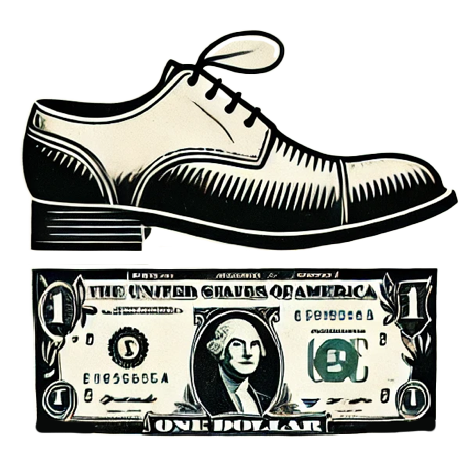In a significant move for student borrowers, the U.S. Department of Education has revived two critical repayment plans aimed at easing the financial burden of student loans. The Pay As You Earn (PAYE) Repayment Plan and the Income-Contingent Repayment (ICR) Plan have been reopened to provide borrowers with much-needed flexibility as they strive to manage their debt. These income-driven repayment options adjust monthly payments according to a borrower’s income and family size, eventually leading to potential debt forgiveness after a designated repayment period. This announcement arrives during a tumultuous time for student loan relief programs, particularly as ongoing legal challenges surrounding the new Saving on a Valuable Education (SAVE) plan have stalled its implementation.
The opening of the PAYE and ICR plans comes at a critical juncture, especially as the Biden administration aims to find equitable solutions for student borrowers amidst the limitations imposed by recent Supreme Court rulings. The SAVE plan, designed to provide substantially lower monthly payments and expedited debt forgiveness for individuals with smaller loan balances, has been a target for legal challenges led by Republican attorneys general from states like Kansas and Missouri. They argue that the implementation of SAVE appears to be an intricate way of enacting student debt cancellation strategies following the Supreme Court’s rejection of broader debt relief initiatives in mid-2023.
While the SAVE plan is temporarily on hold, the Department of Education has placed enrollees into an interest-free forbearance status. This can be appealing for many, particularly those currently facing financial hardships. However, there is a crucial downside; borrowers in forbearance do not accumulate credit towards debt forgiveness under the Income-Driven Repayment (IDR) plans or Public Service Loan Forgiveness (PSLF) programs. As noted, PSLF allows debt cancellation for qualifying public service employees after a decade of consistent payments.
For borrowers eager to accrue credit towards loan forgiveness swiftly, transitioning to one of the reintroduced plans could prove advantageous. Experts recommend considering the PAYE option, which is often deemed more affordable. Under PAYE, monthly payments are typically limited to 10% of one’s discretionary income, with potential debt cancellation occurring after 20 years of consistent payments. A notable feature of this plan is that borrowers are exempt from making payments on the initial portion of their income—specifically the first $22,590 for individuals, or $46,800 for families of four.
In contrast, the ICR plan offers a different structure where single individuals can benefit from $0 payments if their income is at or below $15,060, while families of four can qualify with incomes up to $31,200. Beyond these thresholds, borrowers are responsible for 20% of their income, which can significantly impact their financial planning.
With various online calculators available, borrowers can assess their potential monthly payments across these different plans, allowing for informed decision-making tailored to their financial situations.
Considering Alternatives: Standard Repayment Plan
While the PAYE and ICR plans cater to those seeking forgiveness options, some borrowers might consider the Standard Repayment Plan. This plan is favorable for individuals who don’t aim for debt forgiveness and can handle consistent monthly payments. Under the Standard Plan, payments are fixed over a term of ten years, allowing borrowers to methodically chip away at their debt without the complexities associated with income-driven plans.
The decision regarding which repayment plan to choose is ultimately personal and depends on an individual’s financial stability and long-term goals. Each plan offers different pathways to debt relief, thereby necessitating a careful evaluation to determine which aligns best with personal circumstances.
The reopening of the PAYE and ICR plans by the U.S. Department of Education serves as a critical lifeline for borrowers navigating the complexities of student loan debt. While legal uncertainties loom over new initiatives like the SAVE program, having diverse repayment options available empowers borrowers to choose paths that align with their financial realities and aspirations. With proper guidance and careful assessment, borrowers can take significant steps toward alleviating their financial burdens, ensuring a more stable economic future amid evolving educational landscapes.

